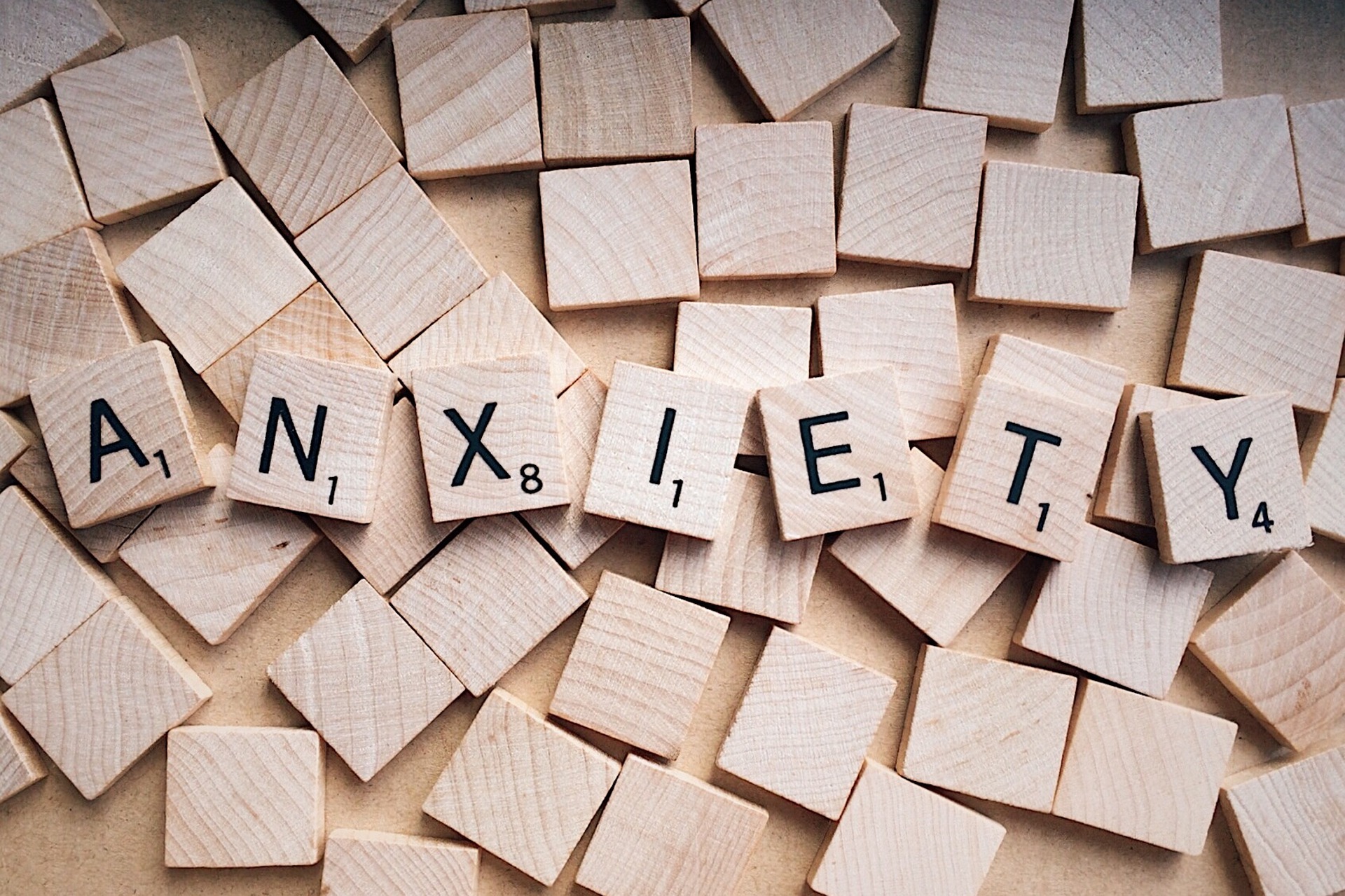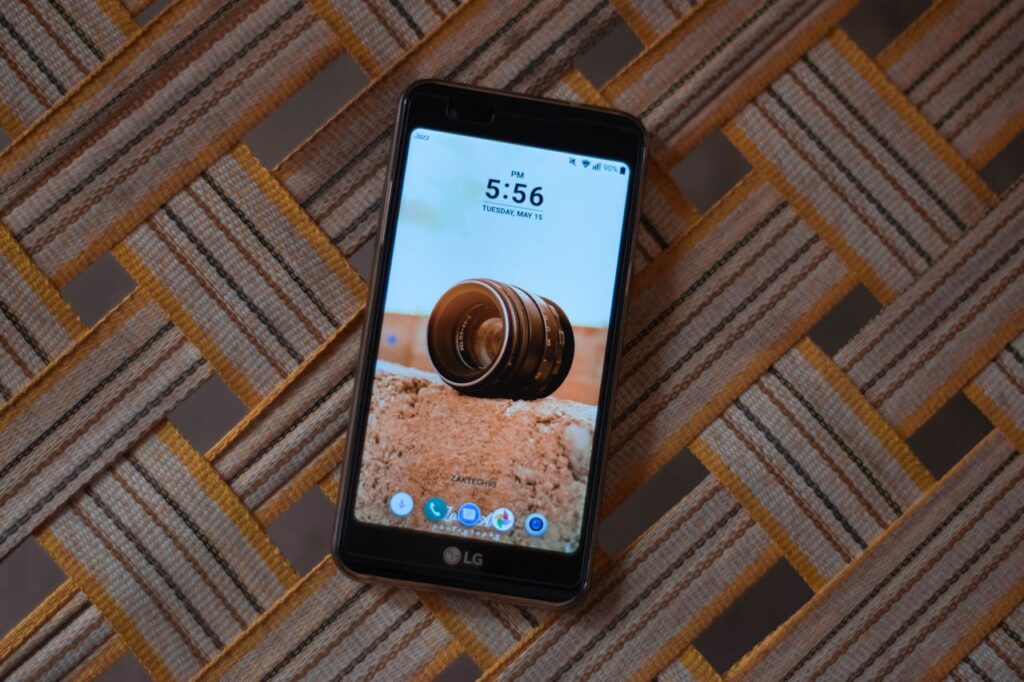
5 Tips for Reducing Anxiety in the Age of Technology
In today’s fast-paced world, characterized by the omnipresence of technology, reducing anxiety has become a paramount concern for many individuals. The constant influx of digital stimuli, coupled with the pressures of staying connected and productive, can easily overwhelm our senses and exacerbate feelings of stress and unease.
However, amidst the chaos of the digital age, there exists a powerful tool for finding calm and restoring balance: mindfulness. In this article, we will explore a range of mindfulness techniques specifically tailored to reducing anxiety in the age of technology.
In the face of this digital onslaught, practicing mindfulness has emerged as a powerful antidote for reducing anxiety and restoring a sense of calm and balance to our lives. By cultivating awareness and presence in the present moment, mindfulness allows us to navigate the complexities of the digital age with greater ease and resilience.
In this article, we will explore various mindfulness techniques specifically tailored to help individuals in reducing anxiety in the age of technology.

1. Digital Detox Meditation
One of the most effective ways for reducing anxiety in the digital age is to schedule regular periods of digital detox. This involves disconnecting from all electronic devices, including smartphones, tablets, and computers, and dedicating time to quiet contemplation and mindfulness meditation.
During a digital detox session, find a quiet and comfortable space where you can sit or lie down without distractions. Close your eyes and bring your attention to your breath, focusing on the sensation of each inhale and exhale.
As you breathe, notice any thoughts, feelings, or sensations that arise without judgment or attachment. Allow them to come and go like clouds passing through the sky, returning your focus to the breath whenever you find your mind wandering. By disconnecting from technology and reconnecting with the present moment, digital detox meditation can help alleviate anxiety and restore a sense of inner peace and tranquility.
2. Tech-Free Zones
In addition to scheduling regular digital detox sessions, it’s also helpful to create designated tech-free zones in your home or workplace. These are areas where electronic devices are not permitted, allowing you to fully disengage from the digital world and immerse yourself in offline activities. Whether it’s a cozy reading nook, a peaceful garden corner, or a serene meditation space, tech-free zones provide a sanctuary where you can relax, recharge, and rejuvenate your mind, body, and spirit.
Establishing tech-free zones helps to establish boundaries between the digital and physical realms, enabling you to strike a healthier balance between online and offline activities. By carving out spaces free from the distractions of technology, you create opportunities for genuine human connection, creativity, and introspection, all of which are essential for reducing anxiety and enhancing overall well-being.
3. Mindful Screen Time
In today’s digital age, it’s virtually impossible to avoid screens altogether. However, we can still practice mindfulness while engaging with technology by being intentional about how we consume digital content. Mindful screen time involves consciously choosing what we expose ourselves to online and how we interact with digital devices to minimize stress and anxiety.
Start by conducting a digital audit to assess your online habits and identify any sources of anxiety or negativity. This may involve unfollowing social media accounts that trigger negative emotions, limiting your exposure to news websites or online forums that induce stress, and curating your digital environment to include content that uplifts and inspires you.

Once you’ve curated your online space, practice mindfulness while engaging with digital devices by paying attention to your thoughts, emotions, and physical sensations as you browse the internet, check emails, or interact with social media. Notice how different activities make you feel and adjust your online behavior accordingly to prioritize activities that promote well-being and help in reducing anxiety.
4. Tech-Assisted Mindfulness
While technology can sometimes contribute to feelings of anxiety and overwhelm, it can also be a valuable tool for supporting mindfulness practice. There are numerous apps, websites, and digital resources available that can help facilitate relaxation, stress reduction, and mindfulness meditation.
Meditation apps such as Headspace, Calm, and Insight Timer offer guided meditations, mindfulness exercises, and relaxation techniques that can be accessed anytime, anywhere, making them ideal for incorporating mindfulness into your daily routine. Similarly, relaxation podcasts, guided imagery videos, and online mindfulness courses provide valuable resources for reducing anxiety and promoting inner peace in the digital age.
When using tech-assisted mindfulness tools, it’s essential to approach them with intention and mindfulness, using them as a means to deepen your practice rather than as a distraction or escape. Set aside dedicated time each day to engage with these resources mindfully, allowing yourself to fully immerse in the present moment and reap the benefits of a regular mindfulness practice.
5. Tech Boundaries
Finally, establishing clear boundaries around your use of technology is crucial for reducing anxiety and maintaining a healthy relationship with digital devices. Set specific time limits for checking emails, browsing social media, and engaging in online activities, and stick to these boundaries to prevent digital overwhelm.
Designate tech-free hours or days where you disconnect entirely from electronic devices, allowing yourself to rest and recharge without the constant stimulation of screens and notifications.
Practice disciplined self-control and mindful consumption of digital content, being mindful of how much time you spend online and the impact it has on your mental and emotional well-being.
Remember that technology should serve as a tool to enhance your life, not as a source of stress or distraction. By setting boundaries and practicing mindfulness, you can regain control over your digital habits and cultivate a healthier relationship with technology.
Anxiety can also be reduced by yoga.
Conclusion
In conclusion, mindfulness offers a powerful antidote for reducing anxiety in the age of technology. By cultivating awareness and presence in the present moment, we can navigate the complexities of the digital world with greater ease and resilience.
Whether it’s through digital detox meditation, tech-free zones, mindful screen time, tech-assisted mindfulness, or establishing tech boundaries, there are numerous mindfulness techniques that can help us find calm and balance amidst the chaos of the digital age.

Incorporating these mindfulness practices into our daily lives, can help in reducing anxiety, enhancing well-being, and reclaiming control over our relationship with technology. Remember that mindfulness is not about escaping from the world but rather about fully engaging with it, moment by moment, with openness, curiosity, and compassion.
By embracing mindfulness in the age of technology, we can cultivate a deeper sense of peace, presence, and purpose in our lives.







